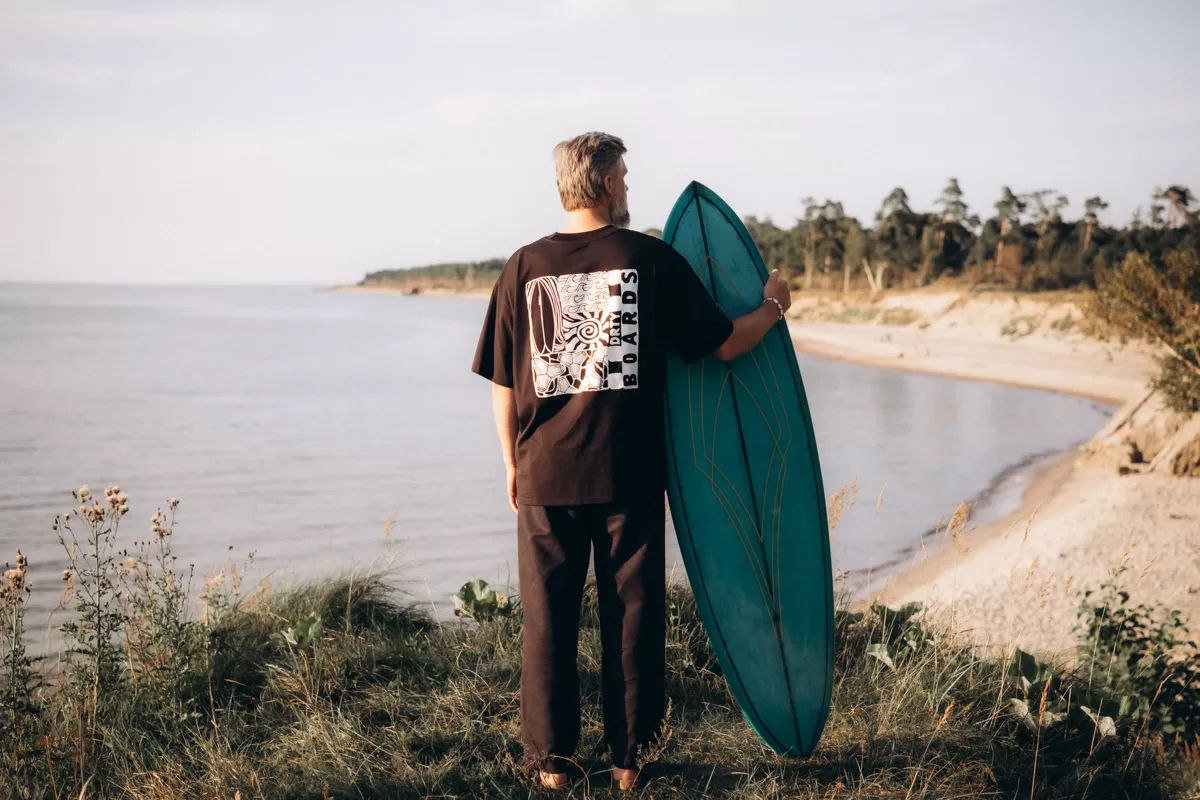Welcome to DRTYBOARDS blog!
27 Sep, 2025,
No comments
 Welcome to our DRTYBOARDS blog!
Welcome to our DRTYBOARDS blog!This is a place where we share our 13 years of experience surfing the Baltic Sea, stories about the surfing lifestyle, the board-making process and everything related to movement on the water.
Here you will find:
- understanding surfing terms
- surfing tips and experience stories, such as the Surf Wind Compass
- how to order your custom board
- an insight into our workshop routine and new board projects
Find more
See you on the waves, Shaka!
